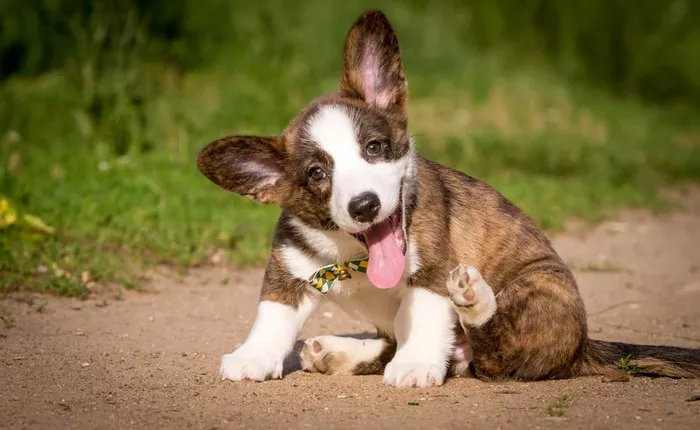Corncobs are often associated with festive occasions, whether they’re grilled at summer barbecues or adorning autumnal decorations. However, beneath their appealing exterior lies a significant health risk for dogs. Understanding the dangers of corncobs is essential for pet owners to ensure their furry friends remain safe.
Can Dogs Consume Corn?
As a licensed veterinary technician, I frequently encounter the question, “Is corn safe for dogs?” The answer is affirmative—dogs can safely eat corn, provided it is removed from the cob. Corn offers various nutritional benefits in moderation, being a source of vitamins, minerals, antioxidants, and linoleic acid, which promotes healthy skin and coat. However, feeding dogs corn directly off the cob poses serious risks.
The Risks of Corncobs for Dogs
Corncobs are dense, fibrous, and indigestible. If a dog consumes a corncob—or even fragments of one—it may become lodged in the gastrointestinal tract. Such blockages can prevent the cob from passing naturally, often necessitating surgical removal. Acting quickly is crucial if you suspect your dog has ingested a corncob, as delays can lead to severe health issues.
Immediate Steps IZf Your Dog Eats a Corncob
Should your dog consume a corncob, do not hesitate to take action. Proceed to your veterinarian immediately, even if your dog appears to be vomiting. It’s possible for pieces of the cob to remain trapped inside, leading to serious complications. Additionally, if your dog is still defecating, soft stools or diarrhea may indicate a partial blockage—this can be just as hazardous as a complete obstruction. A corncob can linger in a dog’s stomach for an extended period, so prompt veterinary care is essential. Here’s what to do:
Contact Your Veterinarian Right Away: Blockages can develop progressively, and timely intervention is crucial for your dog’s health. If you encounter this situation after hours, reach out to an emergency veterinary clinic.
Monitor Your Dog’s Condition: Keep an eye out for signs such as vomiting, diarrhea, loss of appetite, or lethargy. Communicate any concerning symptoms to your veterinarian.
Do Not Induce Vomiting Without Veterinary Guidance: Attempting to force the corncob back up can exacerbate the problem, especially if it’s stuck in the digestive tract.
Preventative Measures
The best strategy is to prevent your dog from accessing corncobs altogether. Store leftovers securely and remain vigilant during outdoor gatherings to avoid unexpected vet visits. Prioritizing prevention ensures your dog’s safety and well-being.
Related topics:
Essential Bathing Tip for Dog Owners: Don’t Skip the Conditioner
Uncertainty Surrounds Health Impacts of Neutering Timing in Dogs
Howl’oween Festival: A Spooktacular Celebration for Dogs and Their Owners


